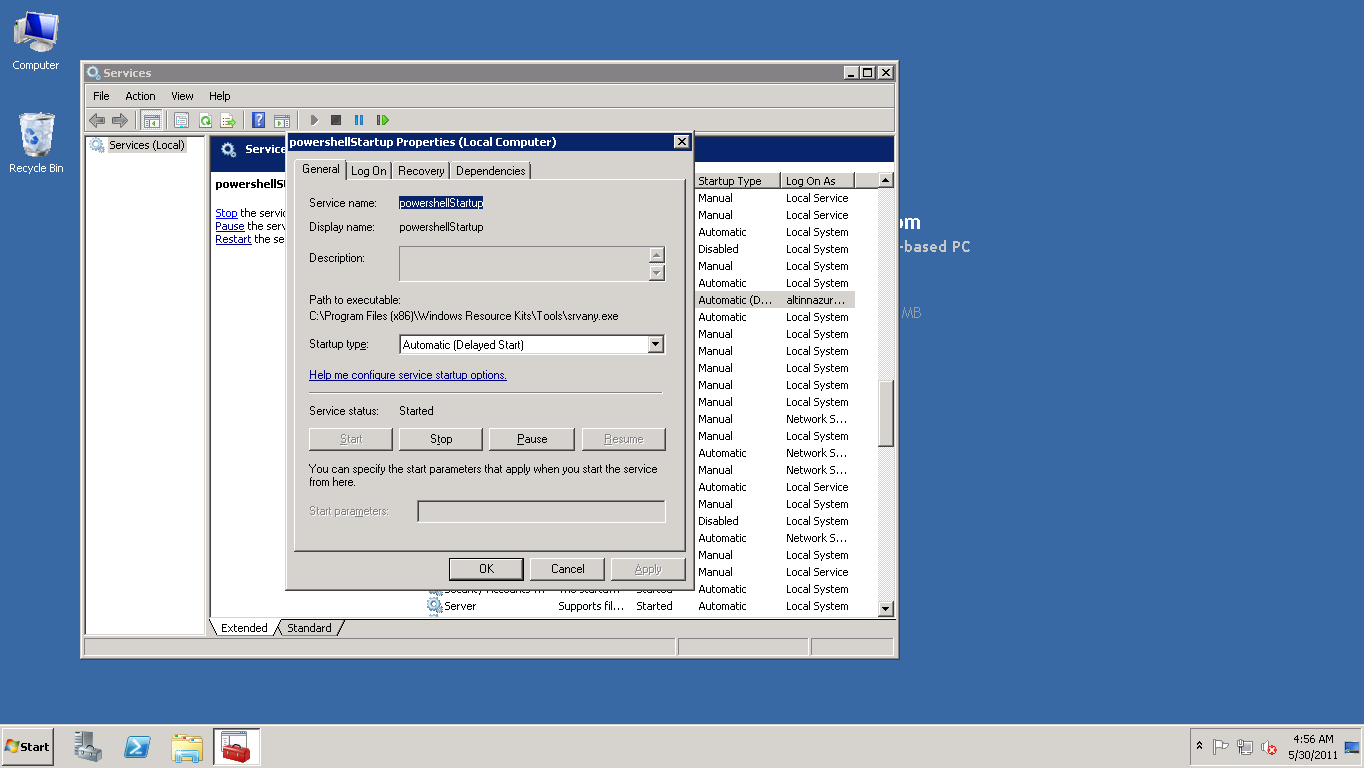

RunAs Reqires the "Secondary Logon" service to be running. This also means that RUNAS requires the backslash \ as an escape character, not the standard ^ escape used by other CMD commands. The RUNAS command unlike most other CMD and DOS commands requires that it’s command line is quoted, it uses the regular C runtime library command line parser. Without /netonly everything will run under the user account specified. When you start a program with RunAs /netonly, the program will execute on your local computer as the user you are currently logged on as, but any connections to other computers on the network will be made using the user account specified. savecred is not compatible with /smartcard. profile is not compatible with /netonly. RunAs is not able to launch an application with an elevated trustlevel Level One of levels enumerated in /showtrustlevels. user UserName in the form or DOMAIN\USER smartcard Load the credentials from a smartcard. savecred Use credentials previously saved by the user.

netonly Use the credentials for remote access only. env Use the current environment instead of user's. This causes the application to load more quickly, butĬan cause some applications to malfunction. noprofile Do not load the user's profile. RUNAS ]ĭisplay the trust levels that can be used: You have to specify if you are using something different.Execute a program under a different user account (non-elevated). Given just a username, a domain joined Windows host assumes localdomain. Given just a username, a stand alone Windows host assumes localhost as the domain. You're telling the test host, "Run this script as the following user: test and the following password". Windows still recognizes the old NT format, but for consistency, especially if you use non Windows Hosts in your enterprise, the format should be used. For Windows domains, domain/username was the standard starting with Windows NT until Windows Server 2003 Active Directory. Username and domain are typically joined together. More specifically stated, you are not passing FULL credentials to the target host in a way that the target host can authenticate the user you are using. The reason behind their answers will help you with authentication troubleshooting in the future.


 0 kommentar(er)
0 kommentar(er)
